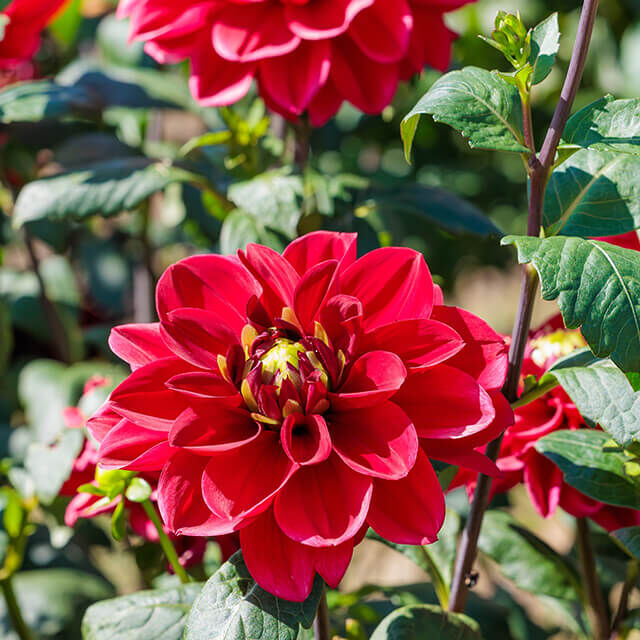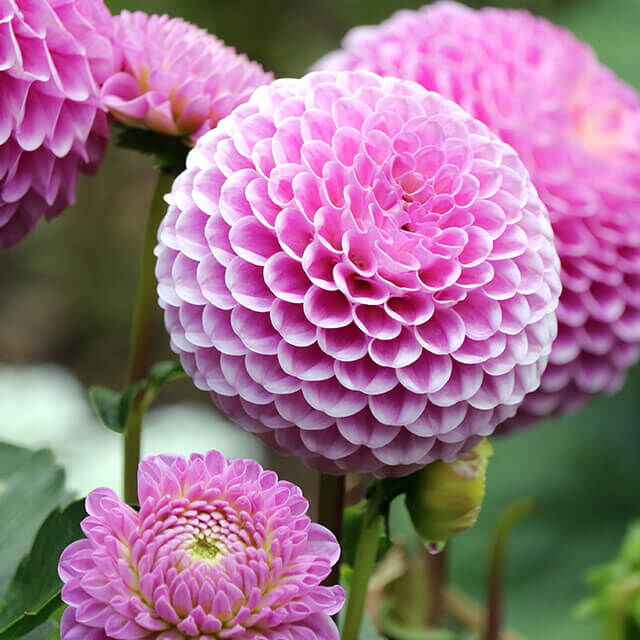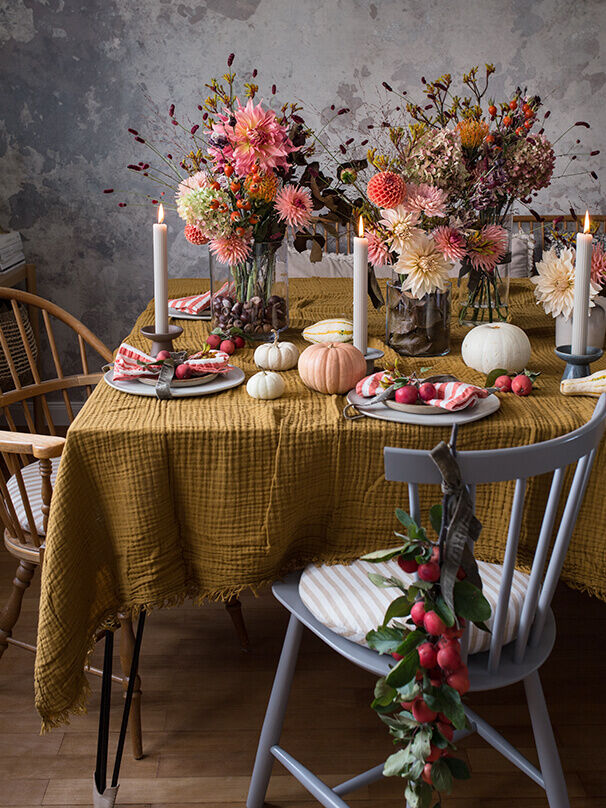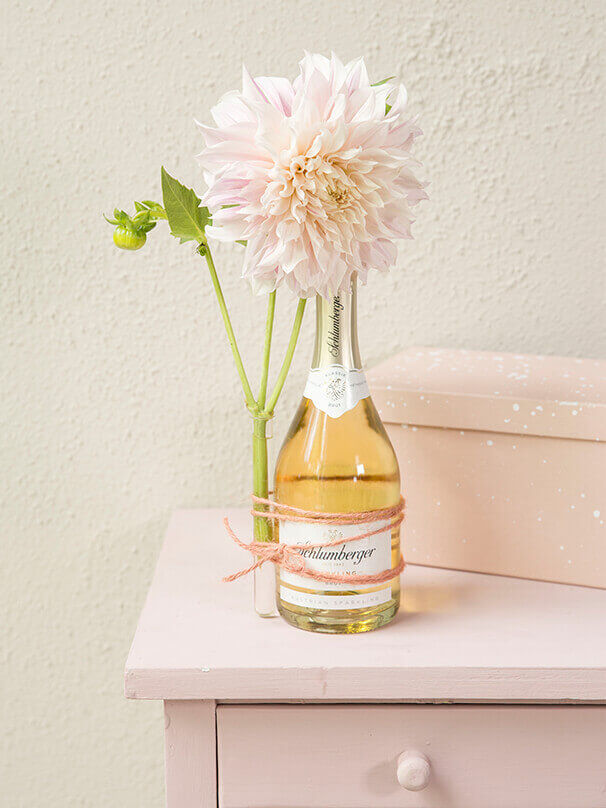Dahlias – colourful blooms for your garden and vase
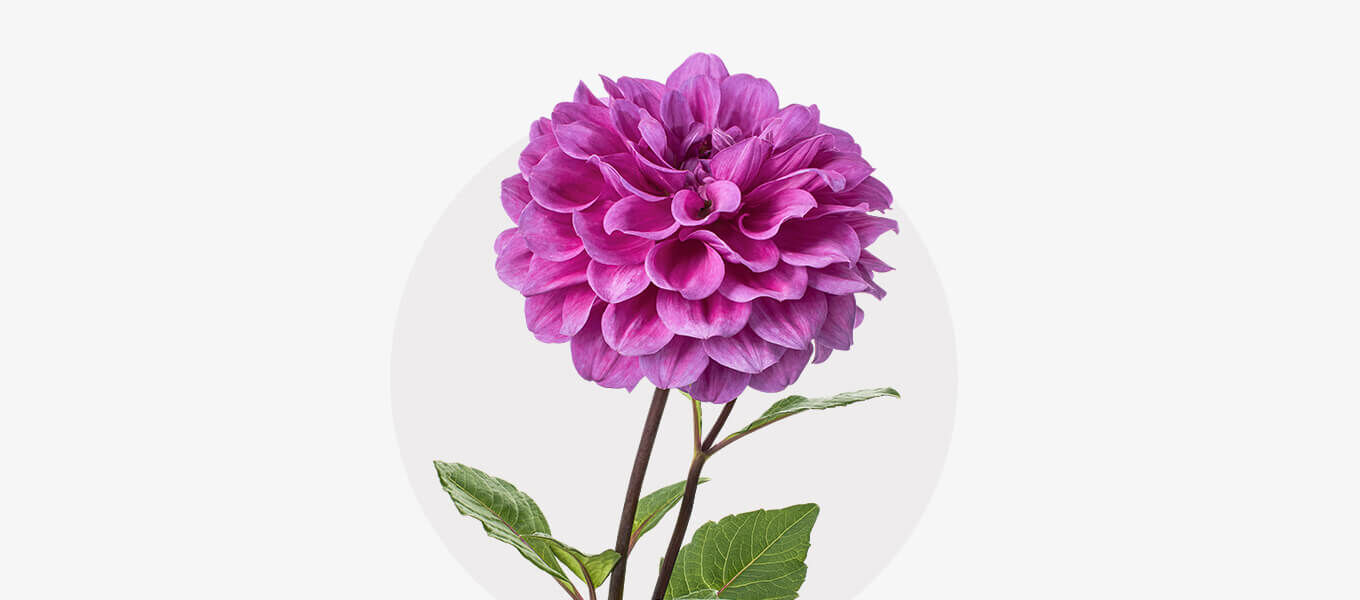
Dahlias are among the most colourful flowers that can adorn your garden or vase. With over 30,000 registered varieties, they are true all-rounders among summer flowers – and are both easy to care for and impressive at the same time. Whether as an eye-catcher in a flower bed, in a pot on the balcony or as a magnificent bouquet of dahlias on the table: their diversity and luminosity enchant us anew every year.
👉 Discover other types of flowers at a glance
The dahlia originates from Mexico and belongs to the Asteraceae family. It has been prized there for centuries – both as an ornamental plant and as a food plant. It came to Europe at the end of the 18th century and has since taken the hearts of gardeners by storm. No wonder: their incredible variety of colours, diverse flower shapes and long flowering period make them a summer star in the garden.
The dahlia also symbolises diversity, creativity and gratitude – a wonderful message that you can convey with a bouquet of dahlias.
The diversity of dahlia varieties and flower shapes
What varieties are there?
Dahlias come in almost every colour – from classic white to bright yellow, vibrant pink and almost black violet. Their flowers also come in a wide variety of shapes:
The selection of dahlia species and varieties is virtually limitless – each one has its own charm.
Are dahlias bee-friendly?
Yes – single-flowered dahlias with open blooms and visible pollen are a great source of food for bees and other insects. Choose these varieties if you want to turn your garden into a little paradise for pollinators.
Planting dahlias – timing, location and soil
When is the best time to plant dahlias?
The best time to plant dahlias is after the last frost, i.e. from mid-May onwards. Before this, there is too great a risk of late frost, as dahlias are not winter hardy. However, if you are in a hurry, you can start growing dahlia tubers indoors in March or April – this will give you a head start on the flowering season.
The ideal location and soil
Dahlias like sunny and sheltered locations. A spot with at least six hours of sun per day is ideal. The soil should be:
- nutrient-rich,
- well-drained
- and slightly moist, but not wet.
Sandy-loamy garden soil, enriched with compost, provides ideal conditions.
How to plant dahlias correctly?
Here's how to plant them step by step:
- Choose a location: sunny and sheltered from the wind.
- Plant the tuber 5–10 cm deep, with the shoot side facing upwards.
- Space them 40–80 cm apart, depending on the variety.
- Water well.
- Provide support so that large varieties do not tip over later.
Tip: Particularly large dahlias should be tied up early on so that they grow stable and straight.
Overwintering dahlias: How to do it right
Dahlias are not winter hardy. The tubers should be dug up before the first frost:
- Cut the shoots about 10 cm above the ground.
- Carefully dig up the tubers and remove the soil.
- Store them in a cool, frost-free place (e.g. cellar) in a box with sand or newspaper.
Are you wondering whether dahlias can be overwintered without digging them up? This is only possible in very mild regions and with thick cover – however, digging them up is safer.
Caring for dahlias properly: in the garden, in pots and in vases
Care in the flower bed: how dahlias thrive in the garden
- Water regularly – especially during dry periods.
- Remove wilted flowers to encourage new blooms.
- Fertilise every 2–3 weeks (liquid or compost).
- Don't forget to support large varieties.
Potting: What matters when growing dahlias in pots
Dahlias also thrive in pots – ideal for balconies or terraces:
- Choose a large, deep pot with a drainage hole.
- Mix potting soil with compost.
- Water and fertilise regularly.
- Place the pot in a sunny spot.
- In autumn, move the pot to a frost-free room or remove the tubers.
Cut flower tips: How to keep dahlias fresh in a vase for longer
Dahlias are beautiful cut flowers, but they are somewhat delicate. To keep them fresh in a vase for a long time:
- Cut them in the morning when they have stored the most water and the bud is half open.
- Remove the lower leaves to prevent rot.
- Change the water daily.
- Cut the stems at an angle.
This will keep them fresh for about 5–7 days – perfect for any bouquet.
👉 Discover even more floral happiness in the flowering calendar.
FAQ – Frequently asked questions about dahlias
Dahlias are perennials, but they are sensitive to frost. In our climate, the tubers must be protected or stored during the winter.
Directly in the bed: no. However, you can start dahlias indoors in March to get early blooms.
Remove wilted heads regularly – this encourages new blooms and extends the flowering period.
No. The tuber is essential for overwintering. Dahlias do not form new plants from faded stems – only from the tubers.
A large pot, good drainage, plenty of sun and regular watering and fertilising are important.














